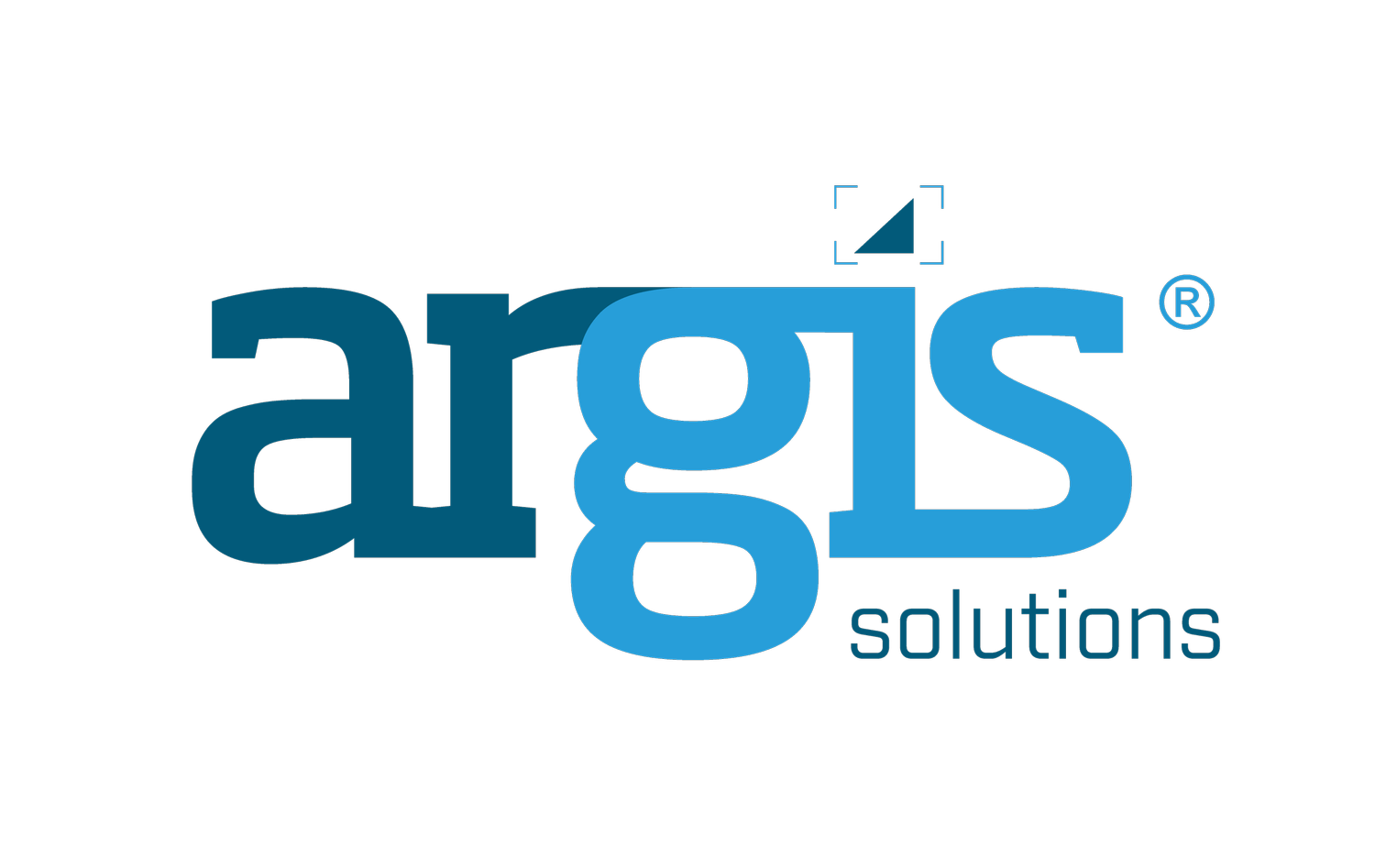Where are the Wearables? The Holdup on AR Wearable Devices
By Brady Hustad
Often while I am out and about, speaking or just getting a cup of coffee, the subject of wearables comes up. People are enthralled with the concept of attachable or almost-invisible computing power added to our everyday lives. A question that inevitably comes up is, “How long until these become ubiquitous in our industry?” That industry can be almost anything. But for the sake of this article, let’s focus on some standard classic industries that have field crews and expensive assets: SLG (usually attached to water, storm water and sanitary sewer), utilities, and energy.
What wearable am I talking about? There are some amazing and truly creative wearables entering the market in a variety of ways. Honestly, if you think about it, a huge number of people, myself included, wear a ‘wearable’ everyday as we count our steps to a healthier lifestyle with our fitbit™ or similar devices. But the wearables I am focusing on impact your job by helping those working in the field do a better, faster, and above all, safer job in maintaining those expensive critical assets. In short— AR or augmented reality glasses.
Quite a few large and small companies are jumping into this market, from Microsoft and its HoloLens to Osterhout Design Group (ODG) with their R-8 and R-9 releases. There is also Meta, a valley startup that has a huge field of view, or even Magic Leap, and whatever they are producing with their record-setting VC capital raise. Whoever develops the first hero wearable— one or all of these development initiatives— will change the way we compute in the near (think three to ten years) future.
WHOEVER DEVELOPS THE FIRST HERO WEARABLE WILL CHANGE THE WAY WE COMPUTE IN THE NEAR (THINK THREE TO TEN YEARS) FUTURE.
Argis Solutions is questing to create a product that will work with whichever company finally breaks the barrier and makes a device that not only can be used effectively in the field, but also will be used by field crews because it actually helps. But the question remains, with so many companies making glasses right now, why aren’t wearables getting into the field? While I am sure some tests are out there, I have run into zero, nada, zilch, implementations of wearables in the field operations world at this point.
The key to field implementation I think is threefold.
First and foremost, time. Most organizations that manage large field operational groups (think utilities, rail companies, municipal governments, and energy companies) are not first on the new technology adoption curve. Most are just now doing major rollouts of mobile devices like tablets and phones and getting this to impact their workflow— technology which has been around since the 90’s. Due to the critical nature of their work, tried and true methods tend to be more effective than new and beneficial alternatives when a gas main explosion or major sinkhole is a possible outcome of “getting it wrong.”
Second, OSHA and work safety. When you are dealing with excavators, backhoes, trucks, ladders, towers, holes, trenches, poles, etc. the job is a bit more dangerous than, say, typing up a blog. These companies really need to make sure that a wearable doesn’t cause a safety concern. In fact, if done right, it should help alleviate safety concerns. Once these wearables are rolled out into the workforce, how will it fit with OSHA, or other governmental agency, standards that the organizations need to meet?
Finally, function. Once it passes the time and safety test, it has to have a function that truly makes the field operator want it, not the IT manager, GIS analyst or CIO. The field person has to see benefit that makes their job better and also want that benefit.
So, at the end of the day, I believe wearables will invade the commercial marketplace in the next few years. Once these shiny new gadgets get to work crews, wearables will have an amazing impact on cost, efficiency and safety, but before that occurs, the companies questing to get those glasses out there are going to need to meet difficult challenges.
WHICH AR WEARABLE GLASSES ARE YOU THE MOST EXCITED ABOUT?

